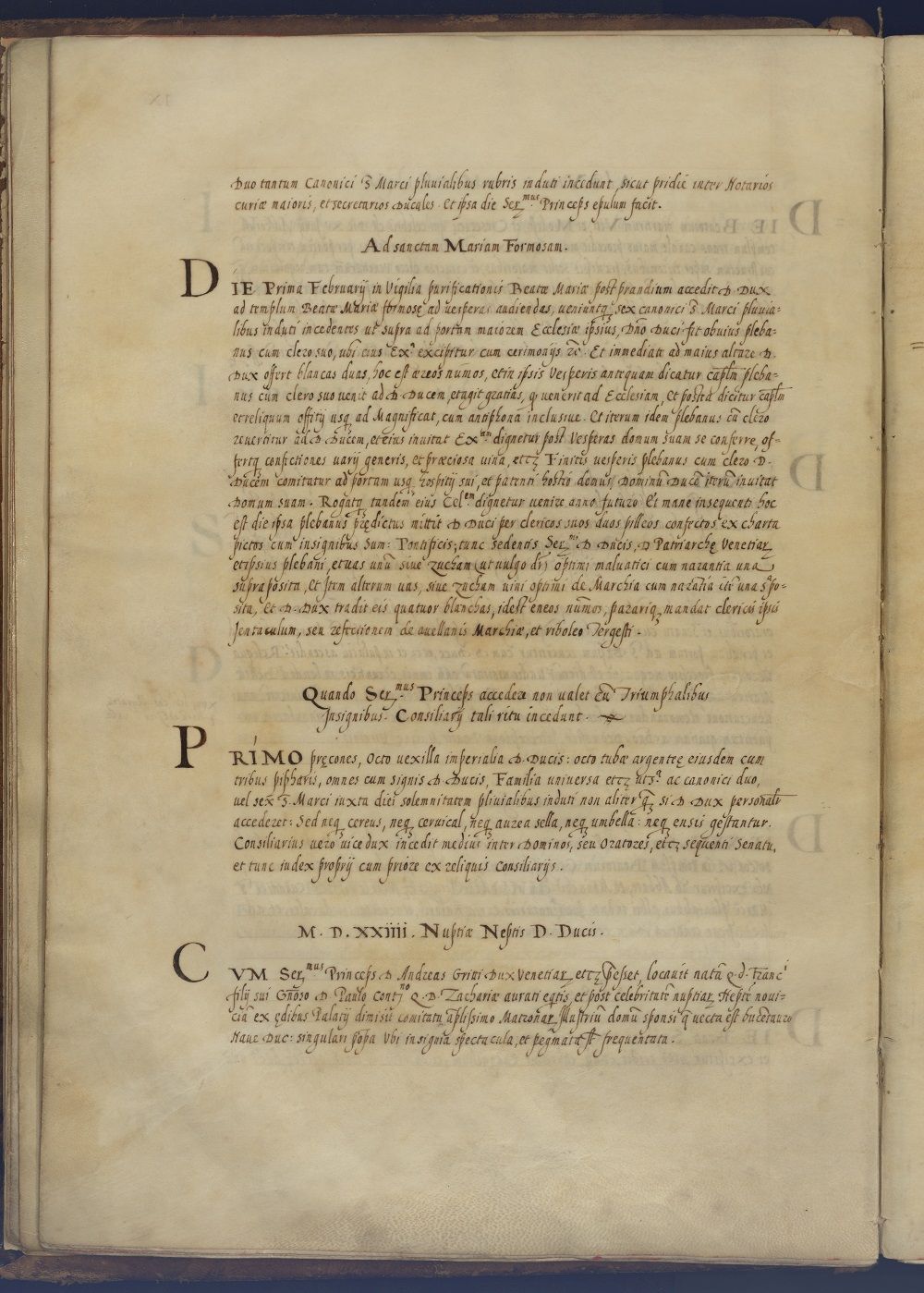Venice, December 22, 2021 – Only on Christmas Eve, the Doge used to leave the Palace and show himself to the public. An event that took place once in a year for the visit to the ancient island of San Giorgio Maggiore. It was there where the Doge used to go after having joined the sacred celebrations at the Basilica of San Marco, at the end of which he used to reach the square followed by a parade. A long walk, lighted by torches and candlesticks. that ended at the dock, where traditional venetian boats waited for the Doge. At the sound of Saint Mark’s bells, the departure to the island of San Giorgio began, accompanied by the sound of typical silver trumpets. The Christmas pilgrimage ended in front of the doors of San Giorgio’s, where the Doge used to be welcomed by the abbot and the monks. Again, the Doge used to participate to a religious celebration, although shorter than the previous one and, after that, moved to a magnificent room of the monastery where refreshments were served. The “zorzini”, (from San Zorzi, Giorgio), sweets prepared by monks, were described by Cesare Gozzi – who joined the parade of Doge Pietro Grimani - as “a gourmand wonder”. The return to the Palace was characterised by the same ritual, with torches and candlesticks, while people cried “Viva San Marco” and the bells continued ringing.
Anyway, in Venice, Christmas used to have other meanings. As recalled Alberto Toso Fei, Venetian writer, at Christmas the long venetian Carnival, that used to last from October until Ash Wednesday, stopped for a while. The same happened for the “Guerre dei Pugni” (literally the punches wars), that used to begin in September and that saw the Nicolotti against the Castellani, two of the most ancient venetian sides. These fights, that traditionally took place in some bridges of the city, were banned from September 20th, 1705, when a fight ended in blood, causing several victims. The legend tells that on Christmas Eve, Giuliana di Collalto, the founder of the monastery of Santi Biagio e Cataldo located in the island of Giudecca (which used to be placed where now the Molino Stucky is), by means of her prayers had an angel coming down from heaven and who appeared among the choir. An angel carrying baby Jesus in his hands. The Angel, after having announced the birth of the baby, gave him to Giuliana. According to another legend, on Christmas Eve a black cat traced little circles on Ponte del Diavolo (Devil’s Bridge) in Torcello: the cat represents the devil that every year comes back and waits for the souls of seven children who have never been baptised. Children who will be brought to him by a witch, as an exchange for a concession granted to her more than one century ago, when she reunited a venetian girl and his loved one, an Austrian official murdered by the girl’s family.

